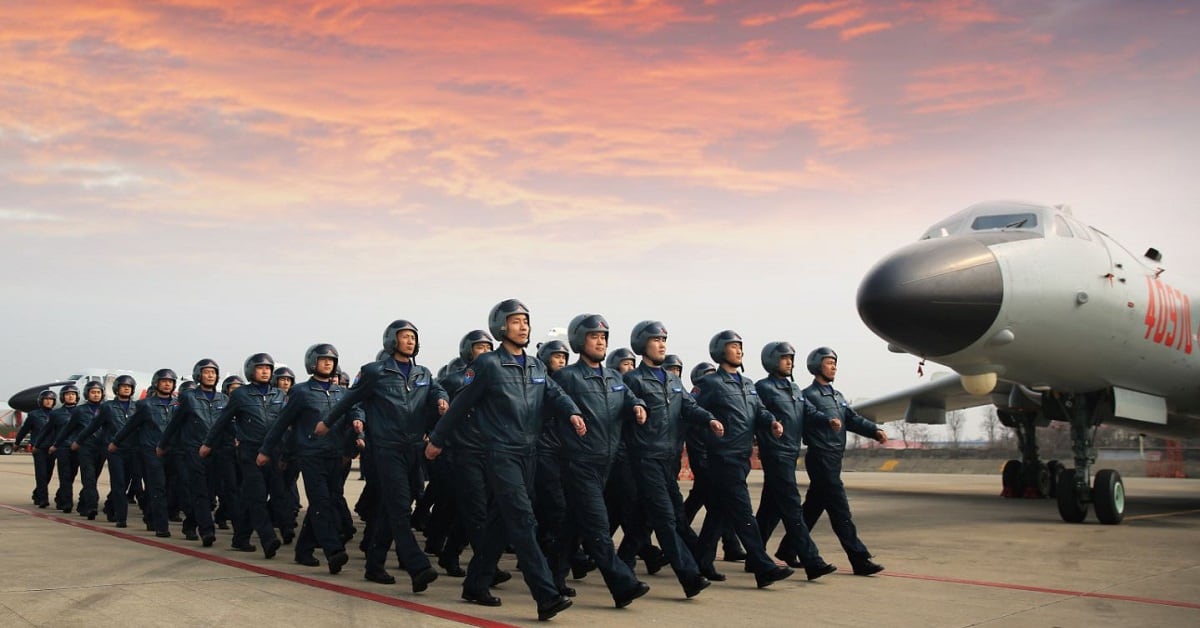MELBOURNE, Australia — The U.S. State Department’s approval of the potential sales of air- and ground-launched, long-range land-attack missiles is a marked departure from previous American policy of only selling so-called defensive weapons to Taiwan.
This broadens the options for the self-governing island to mount not only a ground-based counterstrike in the event of Chinese ballistic missile attack on Taiwan, but would also enable it to disrupt a potential Chinese invasion by striking ports, air bases and other military targets across the Taiwan Strait.
The U.S. Defense Security Cooperation Agency announced Wednesday that the State Department approved three separate arms packages to Taiwan under the Foreign Military Sales program.
The potential $1.8 billion deal is for 135 Boeing AGM-84H SLAM-ER missiles; 11 Lockheed Martin M142 High Mobility Artillery Rocket Systems; and six sets of Collins Aerospace’s MS-110 multispectral long-range oblique photography pods.
The DSCA notification did not identify the aircraft platform on which Taiwan would use the AGM-84H and reconnaissance pods, but it will almost certainly be carried by its fleet of F-16 Fighting Falcon jets. Taiwan currently operates more than 140 of the Lockheed Martin-made aircraft, and it has 66 more new-build ones on order.
The AGM-84H missile will enable Taiwanese F-16s to accurately engage fixed or moving land targets from ranges in excess of 150 miles using a variety of terminal guidance systems, including infrared homing, command guidance and automatic target acquisition. The estimated cost of the missile package, which also includes telemetry and training missiles as well as spares and contractor support, is $1.008 billion.
Taiwan’s potential acquisition of the truck-mounted HIMARS will also include 64 M57 Army Tactical Missile Systems, which come with missiles, radios, resupply and recovery vehicles, tactical data systems, and practice rockets for an estimated cost of $436.1 million.
The M57, which uses inertial and GPS guidance and is used for attacking fix point targets, has a 500-pound unitary warhead and can hit targets up to 190 miles away, putting within range stretches of China’s east coast directly opposite Taiwan.
RELATED

Introducing the M57 into Taiwan’s inventory will broaden its land-based options for striking China, an important consideration should its air bases be disabled. Taiwan already possesses the locally developed Hsiung Feng IIE subsonic land-attack cruise missile with a range of 375 miles, and it is developing the Yun Feng supersonic cruise missile with a planned range of 745-1,240 miles.
China sees Taiwan as a rogue province and has vowed to take back the island by force if necessary. Taiwan has been self-governing since 1949 when nationalist Chinese forces fled there following the communist victory in China’s civil war.
China’s Foreign Ministry spokesman Zhao Lijian, has criticized the latest arms sales announcement, warning that such sales “severely damage China-U.S. relations and peace and stability in the Taiwan Strait”.
However, the U.S. is required to “make available to Taiwan such defense articles and defense services in such quantity as may be necessary to enable Taiwan to maintain a sufficient self-defense capabilities,” per the Taiwan Relations Act of 1979. The law was put into place by Congress in 1979 following the normalization of relations between the U.S. and China.
DSCA announcements do not represent final sales. If there is no congressional objection, the customer can begin negotiating over price and quantities, which often change by the time a final sale is completed.
Mike Yeo is the Asia correspondent for Defense News.






